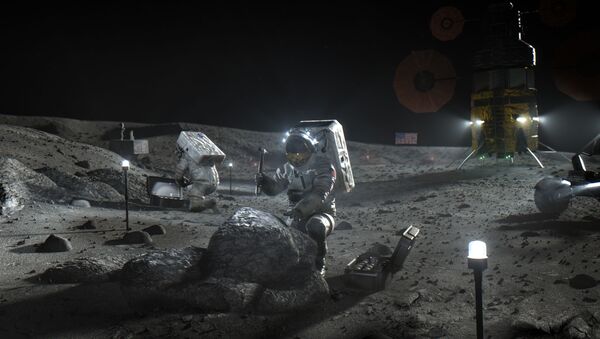Blue Origin's New Shepard system features a single booster topped with a crew capsule designed to carry paying space tourists to the edge of outer space, about 60 miles above Earth's surface, the release said.
"There were 12 payloads onboard including the Deorbit, Descent and Landing Sensor Demonstration under the NASA Tipping Point partnership. The lunar landing sensor demo … will enable long-term lunar exploration, as well as future Mars missions", the release said.
Congratulations to @blueorigin on another successful #NewShepard mission, completing the first integrated test of our precision landing technologies. Our engineers look forward to analyzing the data and preparing for the next flight!
— NASA Technology (@NASA_Technology) October 13, 2020
Rewatch the launch: https://t.co/lEM9jyKPim pic.twitter.com/I1XWtna2pf
Tipping point refers to NASA deals with 14 US companies, including Blue Origin, for technology and equipment to place two American astronauts on the Moon by 2024 and later send humans to Mars.
Congratulations to the @blueorigin and @NASA teams for supporting the lunar landing sensor test flight on #NewShepard, great to see our @NASA_Technology collaboration bearing fruit, another step helping our #NationalTeam Human Landing System (HLS) efforts pic.twitter.com/l4kmGGMkl1
— A.C. Charania (@ac_charania) October 13, 2020
After separating, the capsule floats for a few minutes in microgravity before returning to Earth with parachutes while the reusable booster rocket lands on its own, the release added.


